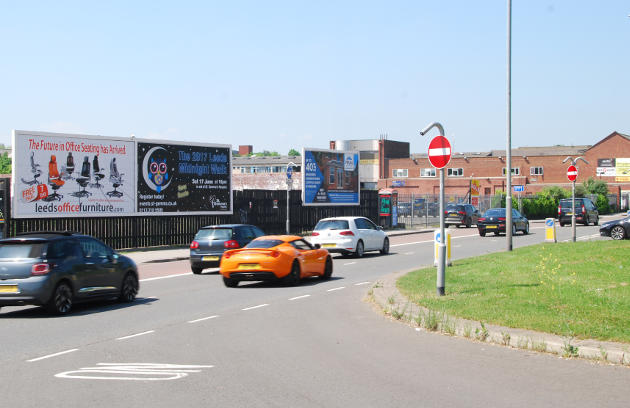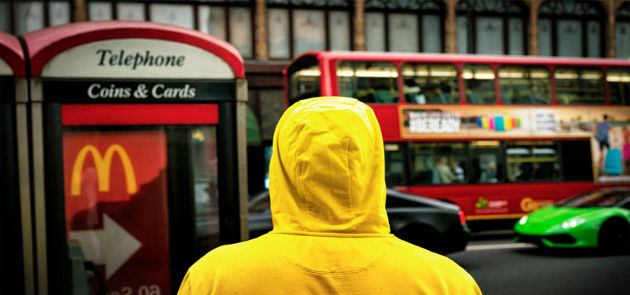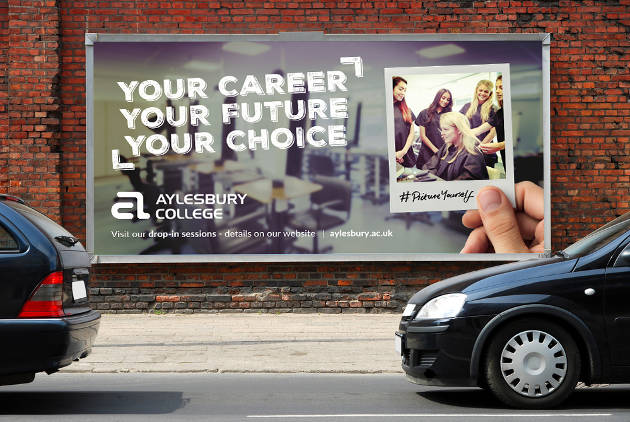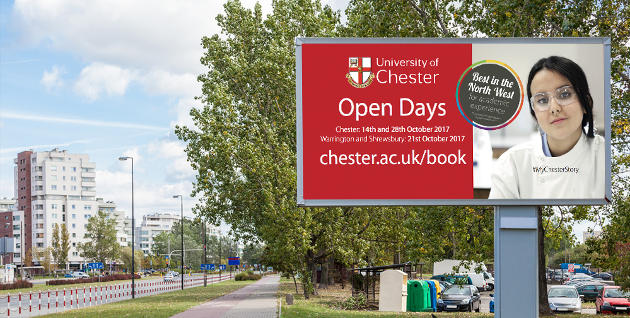When most people think about Millennials, they imagine a tech-savvy and knowledgeable demographic that is increasingly influential—which is why so many marketers believe that online channels offer the most effective way to convert Millennial leads and generate a desired ROI.
The Millennial generation in the UK has swelled to more than 13.8 million members (the youngest of which will have recently turned 17). With such a large group to target, marketers need cost-effective marketing techniques with optimal reach, and digital channels seem to fit this brief to a tee.
Although there is nothing fundamentally wrong with the digital approach, it does prevent some marketers from using other channels and creating fully integrated campaigns.
Out-of-home (OOH) advertising is particularly effective at engaging Millennials, for example, especially when brands take the time to fully understand this medium and get their execution just right.
The Argument for OOH Advertising in the Digital Age
Some of what I'm saying may sound counterintuitive in the Digital Age, but it is important to understand the behavior of Millennials and the way they interact with the world around them.
First, Millennials are increasingly cynical in their treatment of online ads; approximately 63% of them are thought to use ad-blockers on at least one of their devices. That cynicism is largely the result of the saturation of the online space with conflicting and overly promotional ads, which have made it extremely difficult for messaging to shine through.
Another reason Millennials are keen to avoid the type of sales-led and intrusive ads online is that they like to curate their own content. More specifically, they want autonomy to choose the brands they engage with, and it can be extremely difficult to identify the most earnest and trustworthy businesses in an increasingly crowded online space.
Those factors have had a cumulative impact in the mind of Millennials, while naturally distinguishing OOH advertising as an engaging alternative to digital channels.

After all, OOH channels, such as traditional billboards, are omnipresent in the real world, with figures suggesting that 70% of customers regularly see and interact with them. Traditional billboards also optimize a brand's reach by providing total exposure: Messaging is displayed without being forced to compete with other brands.
Most important, OOH ads are nonintrusive, blending seamlessly into our surrounding environment and so creating a sense of trust and reassurance among Millennials. Fully 57% of people are thought to trust the messaging that they read on billboards and OOH materials; moreover, the organic placement of these ads compels viewers to interact with the brand.
Whether you consider large, 96-sheet billboards at roadsides or the smaller posters found at train stations, these ads are often viewed by Millennials—and others—as they go about their daily business.

Before you launch an OOH campaign, however, you should consider the various sizes of billboards available so you know which are best suited for your type of business and target markets.
How Can Your Business Target Millennials Through OOH Advertising?
The argument for targeting Millennials with OOH adverts may be compelling, campaign execution will determine whether you secure a high conversion rate. Millennials are among the savviest group of consumers ever, so the placement, design, and objective of your ads must be thought out and planned in careful detail.
Here are some steps to help you on your way.
1. Consider location, location, location
Let's start with the basics: You cannot hope to effectively target Millennials if you do not get the placement of your ads right. Without a suitable geographical location, your ads run the risk of missing the mark and failing to effectively reach your target market.
Data is your main ally here; it can offer insight into how Millennials behave and spend their time. Around 37% of Millennial customers prefer visiting stores to shopping online, for example, so investing in billboards and posters near busy shopping centers can help generate brand awareness and leads.
Younger Millennials and students are also known to prioritize outdoor entertainment as a key part of their budgeting, so placing OOH adverts in parks and bustling high-street areas can also deliver exceptional value.
Similarly, educational facilities, colleges, and universities can offer brands direct access to Millennials through OOH advertising. These establishments tend to not only feature towering buildings in a central area but also allow businesses to target a far larger and more engaged audience.
Establishments that are close to busy bars and eateries are particularly popular, as they are capable of targeting customers at various times of the day (allowing you to tailor your messaging and proposition accordingly).
2. Indulge your creative side in a way that appeals to Millennials
Creativity is an exceptionally important consideration, ultimately determining your ability to translate your ideas into an effective message and visual ad. Your use of colors, imagery, and messaging is crucial if you want to effectively engage increasingly discerning Millennials.
Color is particularly important as Millennials tend to seek out shades with mindful and optimistic vibes. As Millennials are also curious and like to curate their own content, they respond well to experimental and unusual color combinations, which is why botanical greens have become such a popular home interior shade in recent times.
If you use digital billboards, you may even be able to create interactive ads that tap into the typical Millennial's desire to create and curate content. Interactive ads not only offer novelty value but also build a relationship with customers and empower them to showcase their own creativity under the banner of the brand.
When deploying images and messages, you need to ensure that you target the core traits of the Millennial demographic. Millennials certainly respond well to content that affords them recognition, both for dealing with life challenges and playing a role as influencers within social networks. Concise and straightforward messaging is also key, particularly in an age when they are daily bombarded with advertising.

From a visual perspective, your use of color and branding must be consistent throughout your marketing efforts to optimize recognition across multiple channels. This requirement should not be underestimated, especially if you aspire to create a seamless customer journey that drives assisted conversions.
3. Make your call to action count
We have not yet even touched on the biggest advantage of OOH when targeting Millennials: They are more likely to interact with a brand online after seeing OOH ads, which therefore help you create a viable, omnichannel customer journey that is truly engaging.
Billboards have always been effective at driving customer actions: 58% of consumers are inclined to interact further with brands after seeing a billboard or poster, and 17% are more likely to engage with a brand through their smartphone after consuming an OOH ad.
Moreover, according to an Outsmart and Ipsos Mori report, as paraphrased by Marketing Week, "Young people are more likely to interact with a brand on their phone following an OOH exposure. Those aged 16 to 24 are 140% more likely to perform a brand action when exposed to the top 20 performing campaigns than those who do not see them. This compares to an average uplift across the entire sample of 38%."
Those are impressive numbers, but they mean little unless you get your calls to action (CTAs) right.
First, your CTA should have a prominent place on the billboard, and any online addresses or physical destinations should also be accurate and free from ambiguity.

You must also ensure that you solicit consumer actions that are part of a wider, clearly defined customer journey.
If you are going to harness the potential of OOH adverts for providing assisted conversions, you need to direct customers through viable channels that will sustain engagement and ultimately drive conversions. Whether that's a specific social channel or your mobile website, make sure the CTA is tailored to suit the objective of the campaign and the needs of your target market.
The Last Word
Though it may seem counterintuitive to invest in offline marketing channels in the Digital Age, there is a great deal to be said for conducting integrated campaigns.
That's particularly true when targeting Millennials, who are increasingly likely to block online advertisements and to respond well to the organic, nonintrusive, and concise nature of OOH materials.




